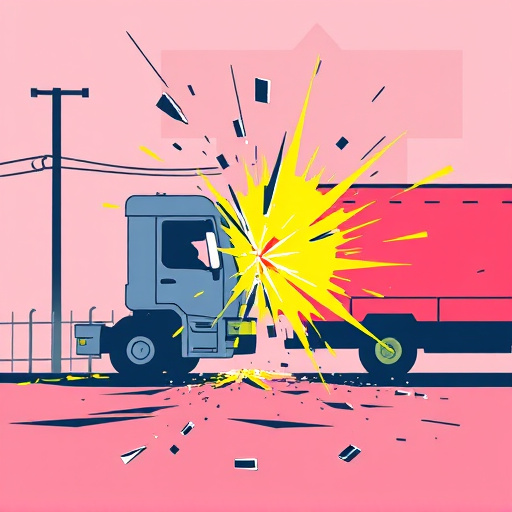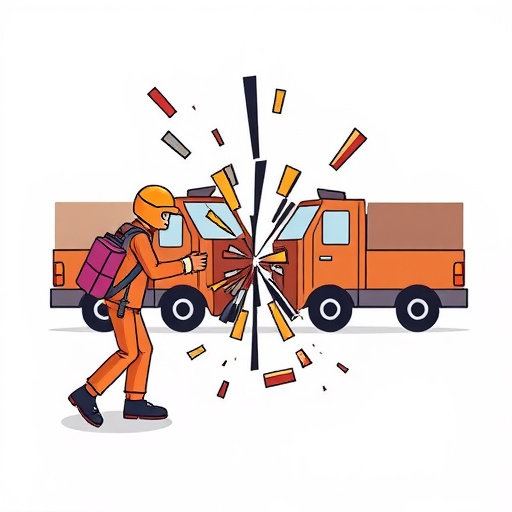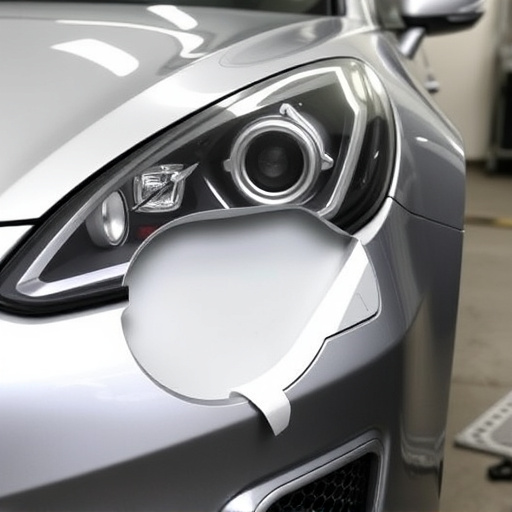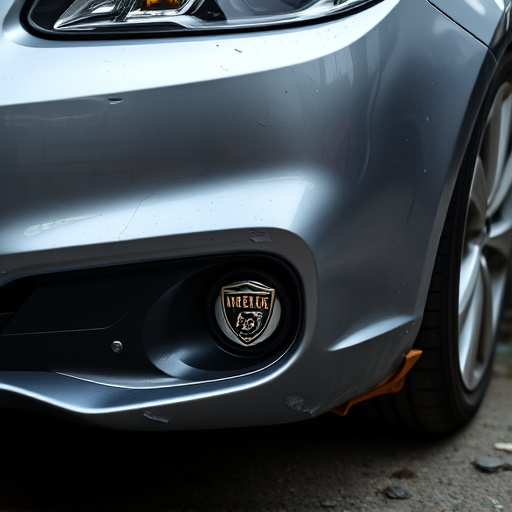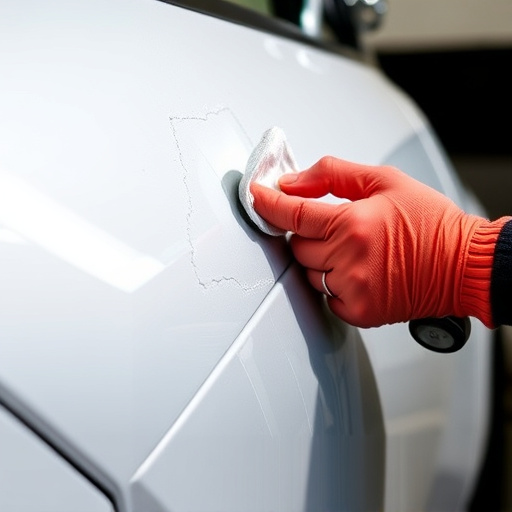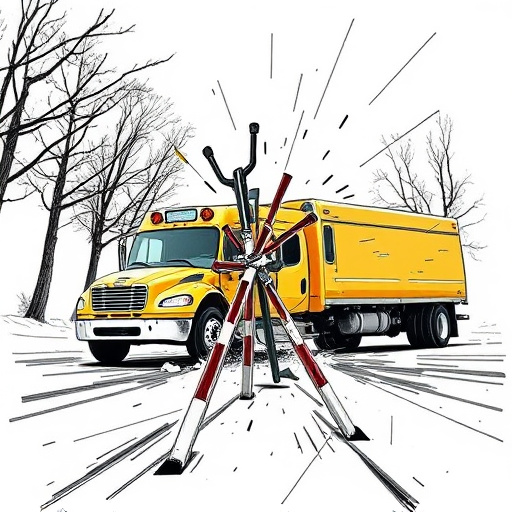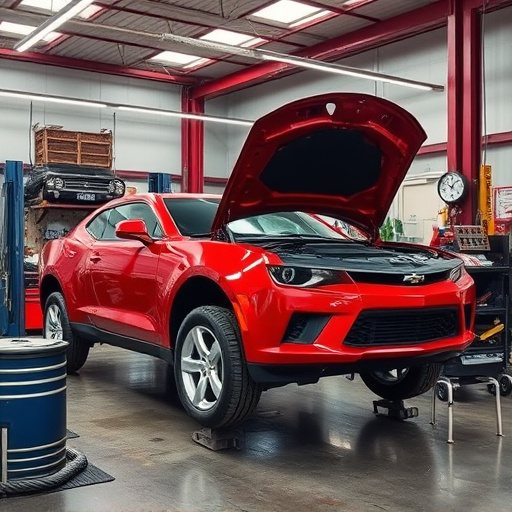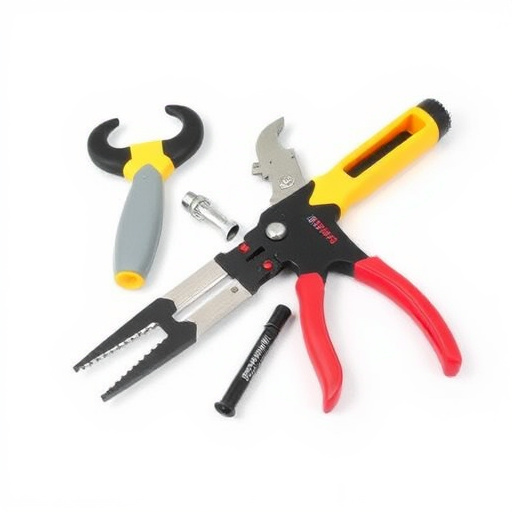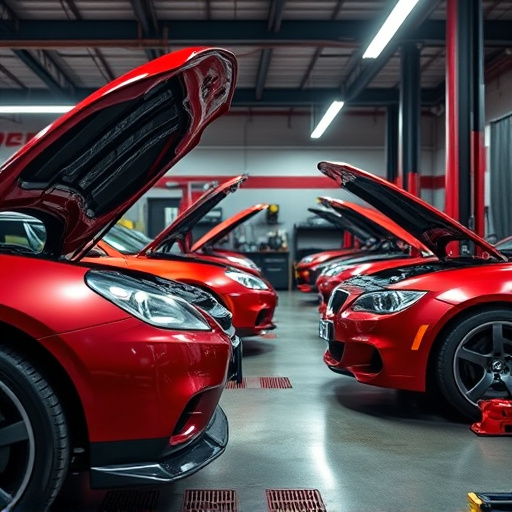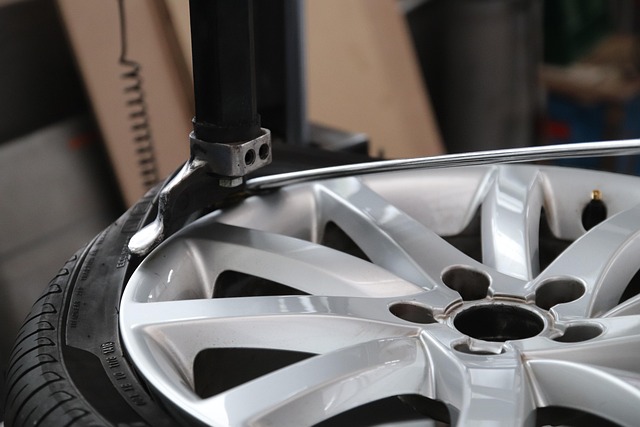District collision repair specialists play a crucial role in lease return processes by ensuring vehicle restoration to original condition. Using advanced tools and precise techniques, they address various damages, enhancing aesthetic appeal and structural integrity. Streamlined inspection processes, leveraging technology for documentation and tracking, optimize efficiency without compromising thoroughness. This ensures timely and accurate results for both lease companies and owners.
In the realm of automotive leasing, meticulous inspection processes are paramount, especially during lease return. This comprehensive guide explores the critical role of district collision repair in these inspections. Understanding the intricacies of lease return vehicle assessments is essential for both operators and repair specialists. We delve into the significance of district collision repair facilities, their expertise, and best practices to streamline the inspection process, ensuring a seamless transition for leased vehicles.
- Understanding Lease Return Vehicle Inspections
- The Role of District Collision Repair
- Best Practices for Efficient Inspection Process
Understanding Lease Return Vehicle Inspections
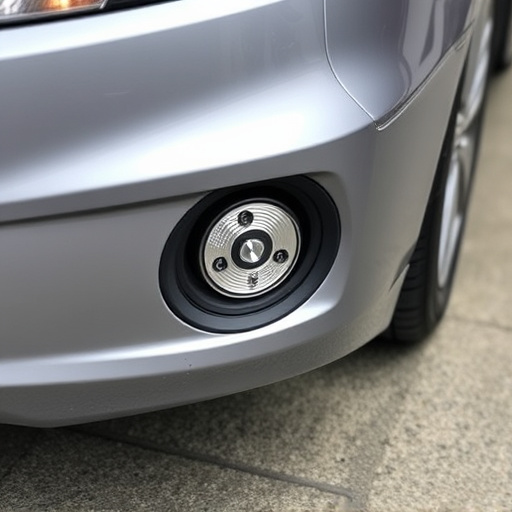
When a lease period comes to an end, vehicle inspection for return is a meticulous process designed to assess any potential damage or wear and tear accrued during the tenancy. These inspections are crucial, especially as they determine the final financial settlement between the lessor and lessee. District collision repair specialists play a vital role in this process, offering expert services to ensure cars are restored to their original condition. For example, consider a premium brand like Mercedes-Benz collision repair, where precision and authenticity are paramount; these professionals have the training and equipment to meticulously restore even the most intricate details, enhancing the vehicle’s overall value.
The Role of District Collision Repair
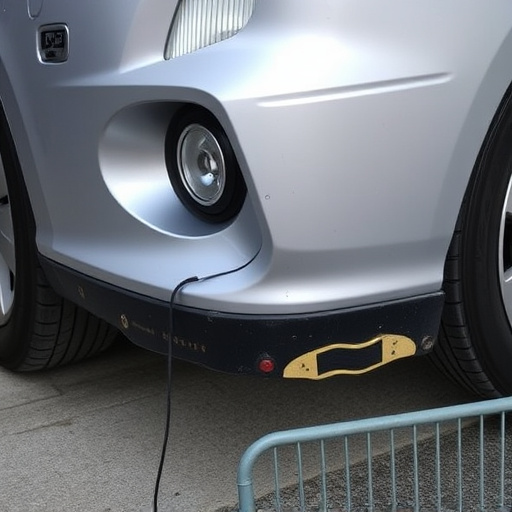
District collision repair plays a pivotal role in ensuring the optimal condition of vehicles undergoing lease return inspections. These specialized facilities are equipped to handle a wide array of damages, from minor fender repairs and dents to extensive frame straightening. The process begins with a thorough assessment, where skilled technicians identify and prioritize issues, using advanced diagnostic tools.
By focusing on district collision repair, these centers can offer efficient and effective solutions tailored to each vehicle’s unique needs. This not only enhances the aesthetic appeal of the lease return vehicles but also ensures their structural integrity. The expertise in automotive repair services extends beyond visible repairs; it includes meticulous frame adjustments, ensuring the vehicle handles and performs as expected.
Best Practices for Efficient Inspection Process
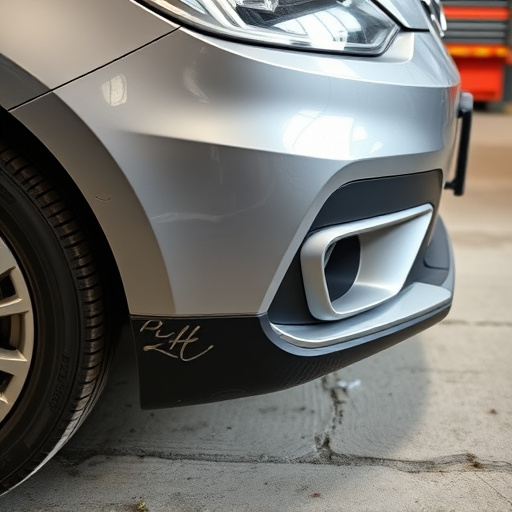
When conducting district collision repair for lease return vehicle inspections, an efficient process is key to ensuring accuracy and timeliness. Best practices include streamlining the inspection checklist to prioritize critical components, such as structural integrity, paint quality, and mechanical systems. This focused approach allows for a thorough evaluation while minimizing unnecessary delays, enabling faster turnaround times for repairs.
Additionally, leveraging technology like digital imaging and specialized software can significantly enhance efficiency. These tools facilitate detailed documentation of car damage repair, improve communication with stakeholders, and enable accurate tracking of progress. Incorporating these practices optimizes the entire automotive collision repair process, ultimately contributing to a seamless experience for both lease companies and vehicle owners.
District Collision Repair plays a pivotal role in streamlining lease return vehicle inspections by offering specialized services tailored to meet the unique needs of this process. By understanding the intricacies of these inspections, adopting best practices, and leveraging efficient techniques, district collision repair centers can significantly enhance the overall vehicle inspection experience for all involved parties. This ensures that vehicles are returned in excellent condition, meeting stringent leasing standards, while optimizing operational efficiency and customer satisfaction.
